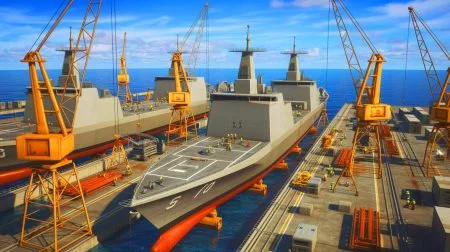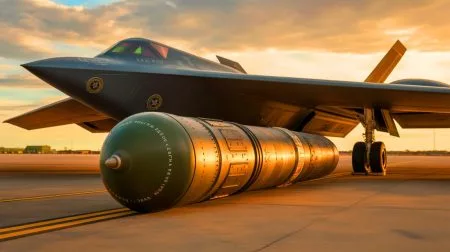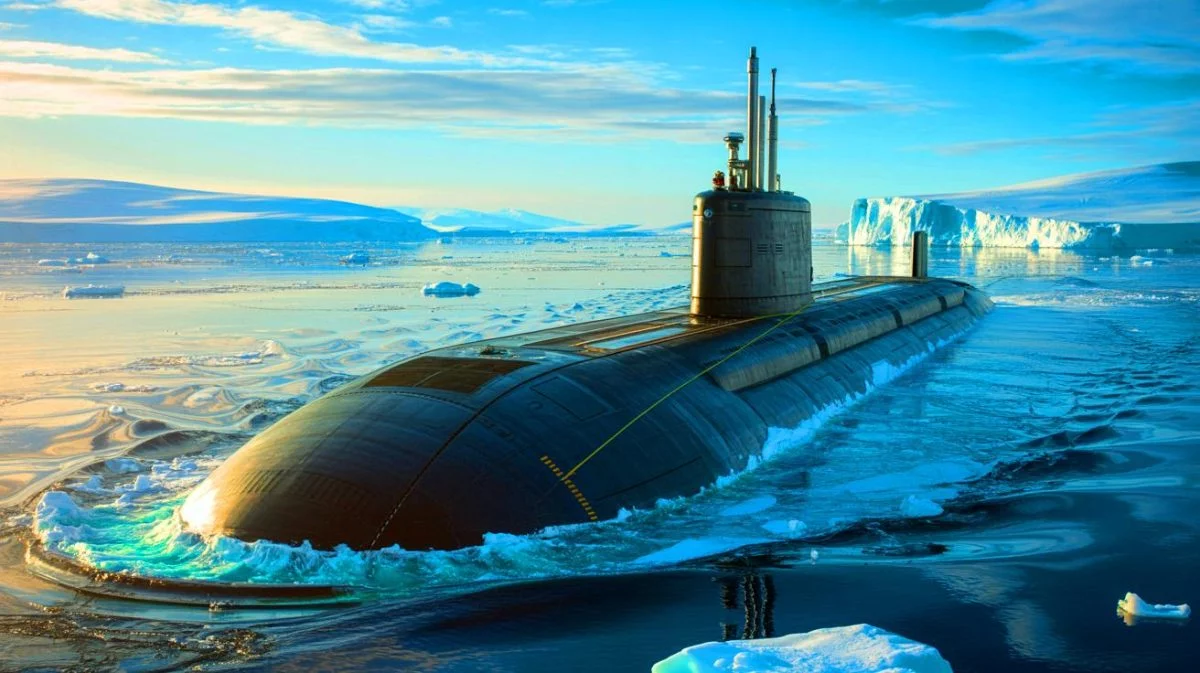| IN A NUTSHELL |
|
Russia is embarking on an ambitious venture to revolutionize the transportation of liquefied natural gas (LNG) through the use of submarines equipped with nuclear reactors. This innovative approach aims to reshape the global energy landscape by providing a new transport method along the Northern Sea Route. Developed by the Kurchatov Institute, this technology promises to significantly cut travel time, potentially making gas transport more efficient and safer. However, the feasibility and implications of this technological advancement are met with both excitement and skepticism.
The Advent of LNG-Carrying Submarines
The initiative to develop LNG-carrying submarines is rapidly gaining momentum, with the Kurchatov Institute at the forefront. These submarines are designed to operate along the Northern Sea Route, a vital corridor for transport in Russia’s Arctic region. In 2024, this route managed 37.9 million tons of goods, including 3.1 million tons in transit. Forecasts suggest the Arctic region’s port capacity will increase by over 34 million tons by 2030. This technological innovation is set to potentially replace traditional gas carriers, offering a long-term alternative solution.
Mikhail Kovalchuk, the institute’s director, emphasized the project’s significance during an event in Saint Petersburg. He argued that these submarines could provide a viable and competitive alternative to conventional gas transport methods. The Russian government has notably backed this idea, viewing it as a significant strategic advancement.
Rhythm-200 Nuclear Reactors Powering the Submarines
The submarines are expected to be equipped with Rhythm-200 nuclear reactors, each powering 30 MW electric motors. This system enables the submarines to reach speeds of 17 knots, thereby reducing travel time along the Northern Sea Route from 20 to 12 days. Without direct contact with ice, these submarines offer a year-round reliable transportation solution.
Despite the promising outlook, there is skepticism about Russia’s ability to execute this project successfully. Western sanctions have already hindered the necessary investments and production capacity. Moreover, for this route to truly compete, significant improvements to Arctic port infrastructures would be crucial. These challenges raise questions about the long-term viability of this ambitious initiative.
Benefits and Challenges of LNG-Carrying Submarines
The use of submarines for LNG transport presents several potential advantages. They could offer increased security compared to surface carriers and pipelines. A limited number of these submarines could transport as much gas as a traditional undersea pipeline. This concept has received praise from influential political figures, including Russian President Vladimir Putin, who commended its feasibility and efficiency.
However, implementing this technology is not without its hurdles. Technical constraints, development costs, and political uncertainties could complicate the project’s advancement. Additionally, environmental concerns and nuclear waste management are significant challenges that must be addressed to ensure the project’s success and sustainability.
Future Prospects of the Northern Sea Route
The Northern Sea Route is a critical component of Russia’s energy strategy. The development of LNG-carrying submarines could enhance the route’s significance, boosting its capacity and reducing delivery times. Russia aims to transform this route into a major corridor for international trade, efficiently exploiting its Arctic resources.
As the world watches this technological advancement with interest, the impact of these submarines on global trade remains to be seen. The necessary investments to support this infrastructure and the geopolitical implications it may entail are unavoidable factors in this complex equation.
In summary, Russia’s vision for its energy transport network is both ambitious and innovative. Yet, the technical, economic, and political challenges are numerous. As this technology moves forward, one question remains: How far can Russia go to turn its Arctic ambitions into a tangible reality?
Did you like it? 4.5/5 (28)






Wow, submarines for transporting gas? That’s some James Bond-level innovation! 🚤
Pourquoi utiliser des sous-marins plutôt que des navires traditionnels ? 🤔
Merci pour cet article fascinant, je me demande si cela va vraiment révolutionner le commerce mondial.
Encore un coup de bluff de la Russie, ou une vraie avancée technologique ?
Quel impact environnemental ces sous-marins pourraient-ils avoir ? 🌍
Si ça fonctionne, ça pourrait vraiment changer la donne pour le transport d’énergie. 🚀
I’m skeptical about the feasibility, especially with all the sanctions in place.
Les Russes sont toujours pleins de surprises… 😲
La sécurité de ces sous-marins m’inquiète. Que se passe-t-il en cas d’accident ?